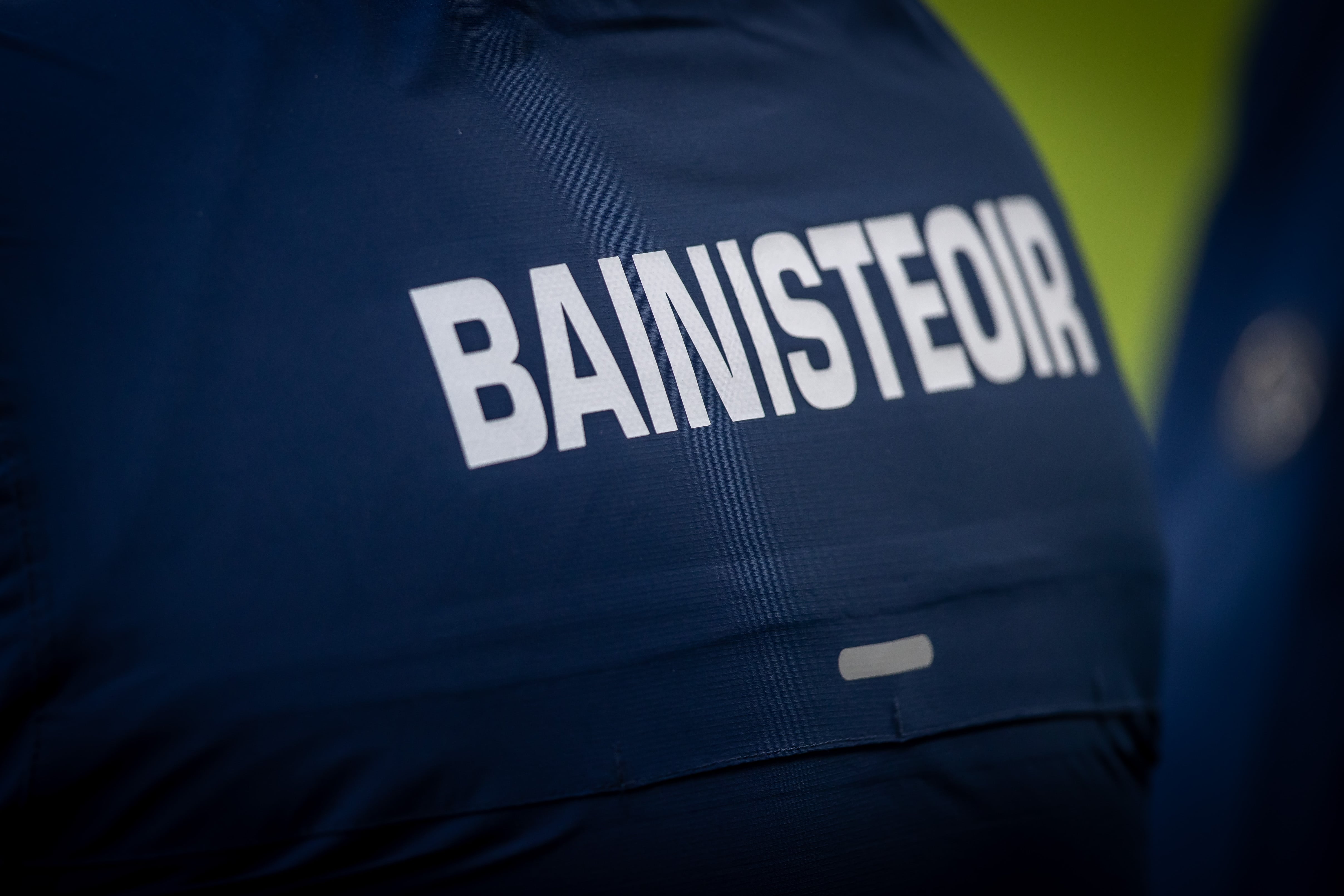The warm sun is setting on our winter training camp in Phoenix, Arizona. Just as the Super Bowl and Phoenix Open golf are coming to town this weekend, we’re finishing up the final training sessions and heading for the cold.
It’s time to start racing at the super-fast Boston University track, then the more familiar annual Millrose Games, taking place at the Armory indoor facility in New York City. After a month-long training block with the Nike Union athletics club, it’s always a bit of an upheaval to pack the bags and move on.
With most indoor races taking place in some of the coldest parts of the US and Europe, it’s a logistical nightmare to have all the right gear and shoes for every destination. I’m just thinking of my own packing, putting it off knowing it’s going to be a big squeeze to get everything in the small bag.
At about 7,000ft, breathing the less oxygenated air helps increase the red blood cells, boosting the aerobic capacity
The world of professional athletes is changing all the time, but one thing that stays the same is this chasing of the sun in winter. Arizona feels like such an enormous state. We had one group of athletes in Phoenix, warm-weather training in the sun, and another group just two hours north at the high-altitude town of Flagstaff, a lot colder up there too.
READ MORE
At about 7,000ft, breathing the less oxygenated air helps increase the red blood cells, boosting the aerobic capacity. It also meant having to plough through some of the deepest snowfalls in years just to find a clear path to run on each day, while driving to less snow-covered locations at slightly lower altitudes or availing of the Northern Arizona University Skydome Indoor track.
Training at altitude can be truly testing for the athletes to hit their target times, even while factoring in some adjustments. It takes a lot of resilience, but once committed to a training camp then each day rolls into the next, all with a given purpose and expectation to improve fitness and build on the year past.
When you are surrounded by elite athletes, doing everything they can to compete on the world stage, you can’t help but be motivated to get out the door and run each day, then hit the gym or pool. It’s just part of daily life.
Sitting by the pool enjoying the last rays of sunshine, you could easily ask yourself what is it all for, when going for an easy run or walk around the block for pleasure doesn’t have quite the same satisfaction as setting yourself some daily training target.
No matter all the different non-weight-bearing sports I have tried — cycling, swimming, rowing — for me it always comes back to running, doing what I know best. It’s at a different level now, all scaled down, still an hour a day filled with something to deliver satisfaction and positive energy that lasts throughout the day.
There are the remnants of years of hard training, the little aches and pains that make me question why I stick to such a rigid plan
Having trained at such a high level I know the basics of a training programme, still, I prefer when I can find someone to tell me what to do each day. Whether it’s an 8km run with a few strides, a long run on a Sunday or a trip to the local track for some intervals, it’s always that much easier when you are being held accountable.
Still there are the remnants of years of hard training, the little aches and pains that make me question why I stick to such a rigid plan. I’m not out to win a prize or run a fast time anymore, just to be able to do it at a level I am comfortable with, to feel that I can run at various paces and somehow overcome those lingering aches when I lace up the shoes and hit my stride.
There is only so much training an athlete can do, and all training days require rest and recovery, fuelling and hydration. As a coach the best thinking time is often when taking the time to go for a run, maintaining a connection with that feeling of training.
I’ve never really been a pure numbers person when it comes to training, even though so much of what we do is measured in time and pace and distance. The true training effect comes from effort, being able to manage your effort and vary it, something that we can all do when we just listen to our bodies and are not always influenced by the watch.
You may think when operating at a lower end of the competition spectrum that you can skip all the extras. Instead, the longer you want to maintain a good level of training and fitness the more that you need to look after the extras. Nutrition, recovery, strength and conditioning are key to a healthy running body, and if you try to scrimp on these, no matter what your level of exercise, then the wear and tear on the body will only be more difficult to manage as the years go by.
For years now I have been managing aches and pains, mostly on the left side, from all the anti-clockwise laps of the track. Recently I overcompensated trying to fix the left and created some new issues on the right side. Then I realised it was time to be a bit more proactive and book in to see a regular physiotherapist and get a realistic view of what was going on.
The work of a physiotherapist is twofold because there needs to be investment from both parties
I was lucky to connect with John Fagan, an Irish physiotherapist based in Scottsdale, Arizona. Also a runner, he’s just moved here and open to having a look and see what he could do. Just like running, there are no shortcuts. You have to put in the work to see the results. The work of a physiotherapist is twofold because there needs to be investment from both parties: the patient willing to put in the work to decrease the symptoms, and the physiotherapist to believe that they can continue to help you, not just when you are in the clinic but continuing when you walk out the door.
It comes back to accountability, someone giving you a prescription of exercises you believe in and are committed to doing to add to your day. I recently read that as we age, we think we need to do less when we actually need to do more and continue to step out of our comfort zone.
Exactly what I will be doing when I line up in the club relay event on the World Cross-Country Course at Bathurst on Saturday week, a few hours before the world’s best runners take to the start line and 25 years after I was running to win through the pleasure and the pain.
















